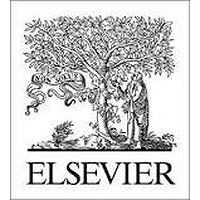Hierarchical flower-like Mg2Al-Cl LDH microspheres were synthesized using a reverse surfactant-free microemulsion (SFME) route at a low temperature (similar to 25 degrees C), and characterized by XRD, TEM, SEM, FT-IR, TG, N-2 adsorption/desorption, and elemental analyses. The SFME used consists of n-hexane, isopropanol, and water. The so-obtained flower-like microspheres are constructed with LDH nanosheets with similar to 10 nm thickness. After destroyed by calcination, their crystal structure and flower-like morphology can be reconstructed by rehydration. The flower-like LDH and its calcined product (CLDH) have large specific surface areas being similar to 84.3 and 163.9 m(2) g(-1), respectively. The sorption of methyl orange (MO) on the LDH and CLDH were determined, showing high MO sorption capacities of similar to 559 and 1112 g g(-1), respectively, which are obviously higher than those reported for conventional LDHs and CLDHs. Possible mechanisms for the flower-like microsphere formation and the MO sorption are discussed. Our results demonstrate that, like traditional surfactant-based microemulsions, SFMEs as microreactors or templates can be used to synthesize nanomaterials. The hierarchical flower-like LDH microspheres and their calcined product have potential applications such as in the treatment of organic waste water. (C) 2017 Elsevier Inc. All rights reserved.

Synthesis of hierarchical flower-like Mg2Al-Cl layered double hydroxide in a surfactant-free reverse microemulsion
Review badges
0 pre-pub reviews
0 post-pub reviews